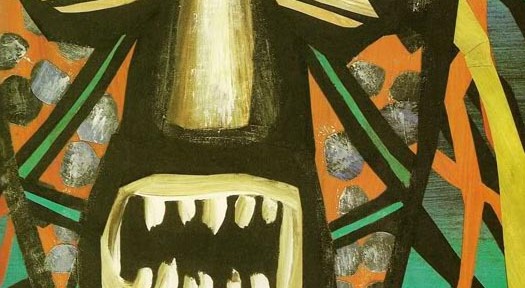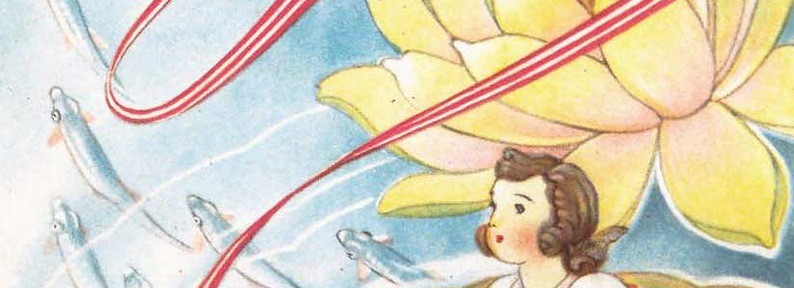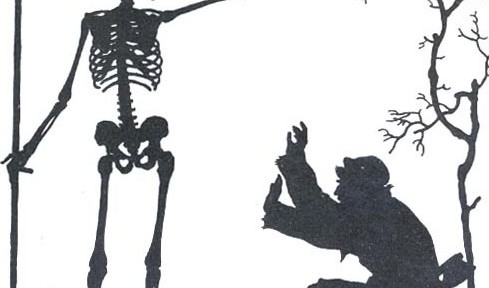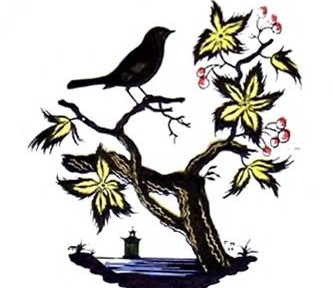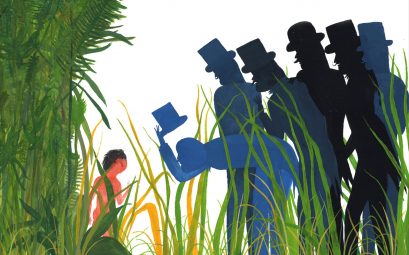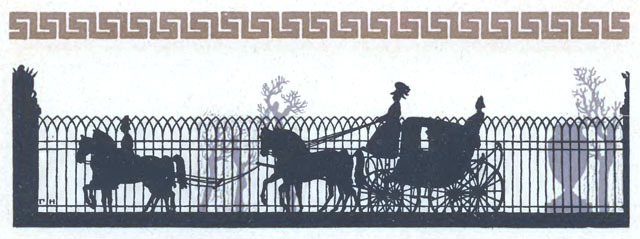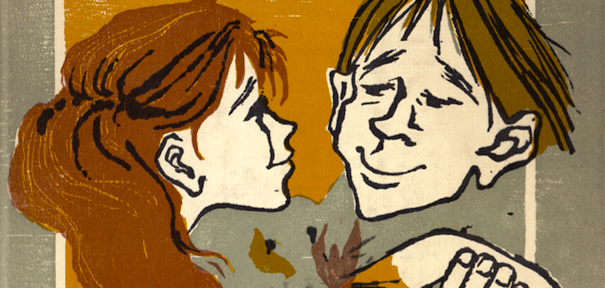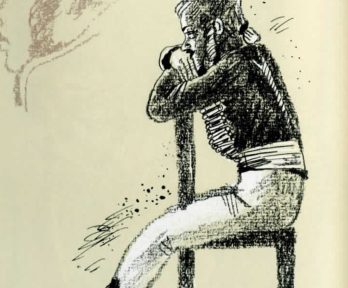Exchanged for the single mother-of-pearl button that gave him his nickname, an indigenous Tierra del Fuegan boy named Orundellico spent many years in England in the early 1800s as part of a failed experiment in forced civilization. Less a biography than an attempt to represent this alienating experience from Jemmy’s point of view, it is distinguished by lyrical prose-poetry («Come away with us and taste our language, see the lights of our world,» the British explorers tell Jemmy) and intensely creative and beautifully conceived paintings. On matte pages, Jemmy, a paper-doll figure with red ochre skin and curly black hair, walks naked through throngs of top-hatted and gowned silhouettes, all the same shade of blue. His guardians buy him clothes and take him to concerts, but the paintings show him always set apart from his companions. «Jemmy felt almost at home. Almost, but not quite.» As a snapshot of colonial betrayal, it evokes regret, longing, guilt, and awe—an assortment of feelings that might make the book more attractive to grownups than to children.

